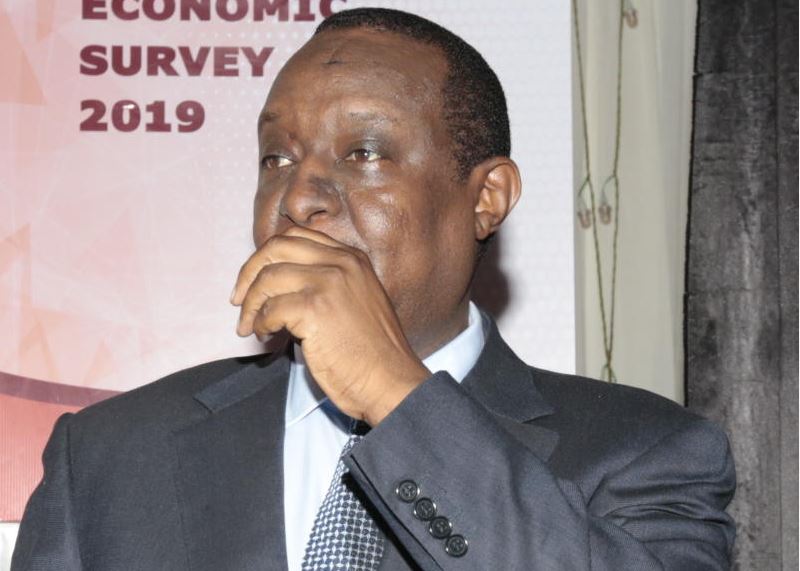×
The Standard e-Paper
Kenya’s Boldest Voice

Experts have differed over the Government's statistics on the state of the economy.
Yesterday, Treasury Cabinet Secretary Henry Rotich's economic survey report showed an extraordinary 6.3 per cent gross domestic product (GDP) growth in 2018, despite skepticism from several reputable economic institutions.